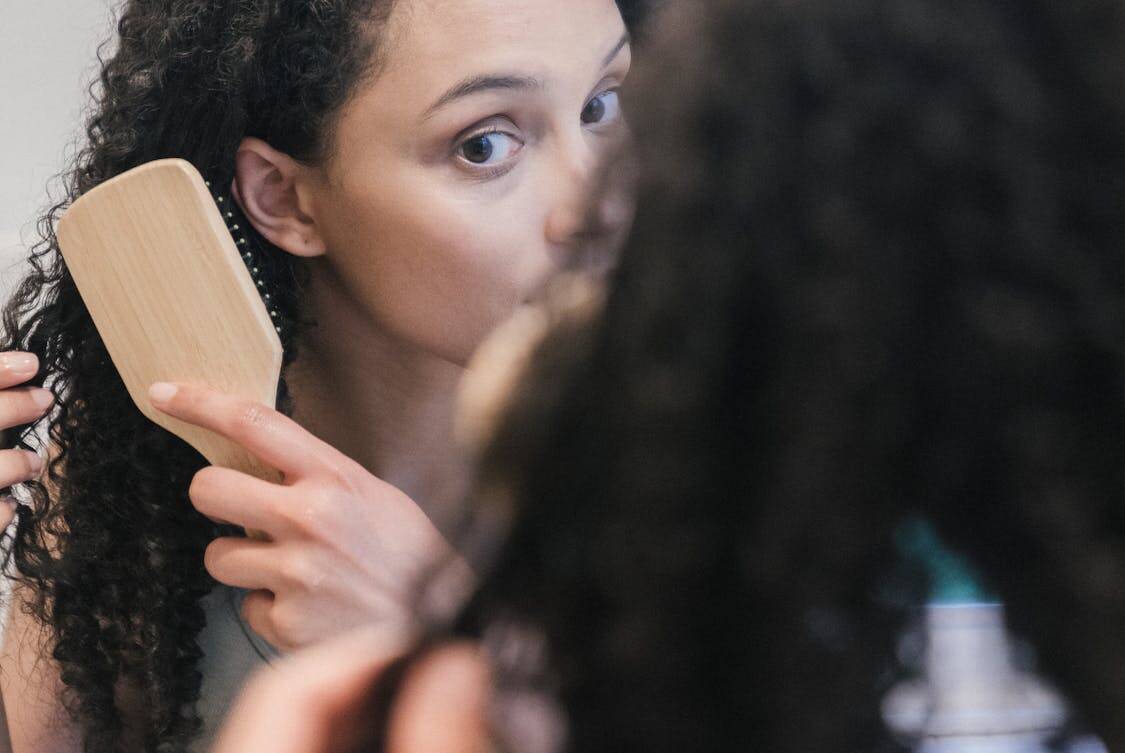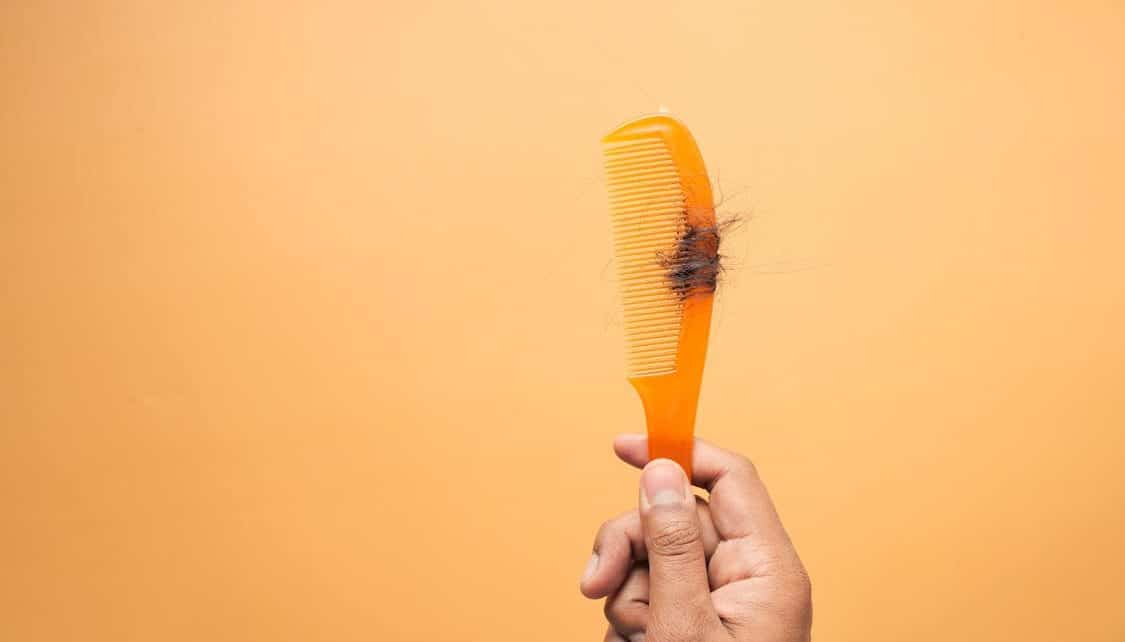Hair thinning can be a surprising reality for many. It’s often gradual, sneaking up on individuals before they even realize it.
Recognizing early signs can help address the situation before it escalates. Hair goes through cycles of growth, rest, and shedding, and knowing how these phases work can lay the groundwork for understanding thinning.
Observing Changes in Hair Volume
One of the first indications of hair thinning is a noticeable change in volume. If your hair feels less full than it used to, pay attention.
You might notice that your ponytail feels thinner or that your hairbrush has more strands than usual. These subtle shifts can signal the onset of thinning.
Addressing early-stage hair loss at this point can make a significant difference in preserving your hair’s health and appearance.
While some shedding is normal, a significant increase may be a red flag. Try to gauge whether your hair is bringing you joy or concern.
If it’s leaning towards the latter, taking a closer look is a smart move.
The Receding Hairline
A receding hairline is often a tell-tale sign of thinning, especially in men. If you begin to notice that your hairline is moving backward, it’s wise to take note.
This can occur in various patterns, including the formation of an M-shape or a widowed peak.
For women, thinning hair often appears at the crown or part but can also affect the hairline. Keeping track of these changes is essential.
Taking photos periodically can help you spot gradual shifts over time.
Thinning at the Crown
The crown area of the head can become a hotspot for thinning, particularly in women. If you observe that your hair looks less dense in this region, it could be a sign of early thinning.
Sometimes, the scalp may become more visible, indicating that the hair density is decreasing.
If your natural part looks wider or if you find yourself adjusting hairstyles to cover thinning spots, these small shifts could be clarion calls to assess your hair health. It’s beneficial to keep an eye on these visual cues.
Excessive Shedding
A few strands of hair lost throughout the day is perfectly normal. However, if you find yourself shedding hair in clumps, it’s time to investigate further.
You might notice more hair in the shower drain, on your pillow, or on your clothing. This increase in shedding can often feel alarming.
To assess your situation, consider tracking how much hair you lose daily. A healthy scalp tends to lose about 50 to 100 strands per day.
If you’re seeing significantly more than this, it’s worthwhile to consult with a healthcare provider.
Changes in Hair Texture

Thinning hair can also come with a change in texture. If your hair feels different—perhaps more coarse or brittle than usual—this may indicate an underlying issue.
Sometimes, the hair may appear limp or lifeless, especially when styled.
Take note of how your hair behaves. Changes in texture can sometimes accompany thinning, offering another clue about your hair health.
A closer inspection might reveal other signs that could warrant further evaluation.
Scalp Sensitivity and Irritation
As hair thins, the scalp might become more apparent. With this visibility can come sensitivity or irritation.
If you find that your scalp feels more sensitive than before or if you experience itchiness, this may be an early sign of thinning hair.
Notice any changes in how your scalp reacts to hair products or environmental factors. Irritation could be a signal that your scalp needs a little extra care, as well as a prompt to evaluate your hair health more closely.
Family History and Genetics
Hair thinning can often run in families, making genetics a significant factor. If you have relatives who have experienced hair thinning or loss, it might be worth considering your own hairline.
Genetics can dictate not only the likelihood of thinning but also how it manifests.
Taking into account your family history can provide insight into your situation. If thinning is prevalent among family members, being proactive about your hair health can help you manage the potential impacts.
Lifestyle Factors Affecting Hair Health
Your lifestyle can greatly affect hair health. Stress, poor diet, lack of sleep, and certain medications can contribute to early thinning.
Evaluating your lifestyle can reveal habits that may be detrimental to your hair.
For instance, a diet lacking in essential vitamins and minerals can lead to unhealthy hair. Stress management techniques, such as yoga or meditation, can also play a role in maintaining your hair’s vitality.
Making conscious changes can have a ripple effect on overall health, including your hair.
Environmental Influences
Environmental factors can impact hair health, too. Pollution, harsh weather, and exposure to chemicals can lead to thinning.
If you live in an area with high pollution levels or frequently expose your hair to harsh styling products, it’s prudent to assess how these might be affecting your hair.
Taking precautions like using protective products can shield your hair from environmental damage. Being attentive to these factors can help mitigate potential thinning that might occur due to external influences.
When to Seek Professional Help
Recognizing early signs of hair thinning is one thing; knowing when to seek help is another. If you notice several of these signs persisting over a few weeks, it’s wise to consult with a dermatologist or a trichologist.
They can help identify the root cause and suggest appropriate treatment options.
Don’t hesitate to ask questions during your appointment. Understanding the reasons behind your hair thinning can empower you to make informed decisions about your care.
Remember that early intervention can often lead to better outcomes.
A Balanced Approach to Hair Care
Maintaining a balanced approach to hair care is essential in combating thinning. Gentle cleansing and conditioning products can support scalp health, while a nutritious diet can nourish hair from the inside out.
Consider including foods rich in vitamins and minerals known to promote hair health.
It’s a good idea to assess your hair care routine periodically. If you notice any signs of thinning, adapting your routine can make a big difference.
This could involve switching products, changing styling practices, or incorporating scalp massages to stimulate blood flow.
Embracing Your Hair Journey
While hair thinning can be disheartening, embracing your journey can lead to empowerment. Accepting changes while actively working to understand and care for your hair can shift your perspective.
It’s about adapting to changes and making the most of your hair at every stage.
Finding styles that work with your evolving hair can also be a fun exploration. Working with a stylist who understands your concerns can provide tailored advice for making the most of your hair, no matter its state.
Celebrate the unique beauty of your hair journey.


